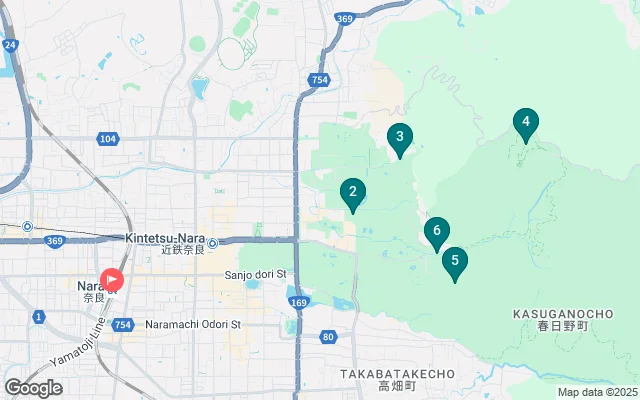









Free tour
I meravigliosi sentieri dei templi di Nara
Eccellente(90)
Guru: Masa
Registrato il 10 gennaio 2023
Ciao viaggiatori/amici di viaggio! Sono Masa, guru di Nara. Originario del Giappone, sono in Messico da un anno e in Brasile da 7 anni. Conosco Spagna, Argentina, Paraguay... Sono una persona allegra e divertente, sono sempre alla ricerca di qualcosa di nuovo e interessante. Sono molto interessato a incontrare persone e condividere esperienze. Benvenuti a Nara, l'antica città del Giappone! Benvenuti a Nara, l'antica città del Giappone!
Prenotazione e cancellazione gratuita
Tour a pagamento libero, senza prezzo fisso, prenotazione e cancellazione gratuite
Descrizione del tour
Che ne dici di conoscere le storie antiche e religiose del Giappone a Nara? Uno specialista in studi religiosi te li spiegherà in dettaglio. Nara fu la prima capitale del Giappone, prima di Kyoto , e il punto finale della Via della Seta . Conservano molti templi buddisti e shintoisti. Conoscerai la differenza e l'uguaglianza tra le due religioni rispetto al cristianesimo . Sono sicuro che questo tour arricchirà la tua conoscenza e curiosità!
Vi aspetto con i cervi, servi di Dio!
Cosa visiteremo?
- Parco Nara
- Tempio Kasuga-Taisha
- mizuya chaya
- Santuario Tamukeyama Hachiman-gu
- Tempio Nigatsudo
- Tempio Todaiji (Grande Buddha)
Amici brasiliani ! Se vuoi essere amico di quelli VISTI in Giappone , non perderti questa città!!!
Instagram tour_de_nara_japan
Punti salienti
Cosa vedremo in questo tour?
Punto d'incontro:
Nara Station, 1 Sanjōhonmachi, Nara, 630-8122, Giappone
Il punto d'incontro è la cabina di vetro della biglietteria JR Line, uscendo dalla biglietteria automatica, sulla destra.
1
Ingresso non incluso
Kasuga-taisha
2
Visita esterna
Mizuya Chaya
3
Visita esterna
Mount Wakakusa

Quanto costa questo tour?
I free tour non hanno un prezzo fisso, invece, ogni persona dà alla guida alla fine l'importo che ritiene appropriato (gli importi vanno solitamente dai 15€ ai 50$ a seconda della soddisfazione del tour).
Recensioni del tour
Eccellente(90)
Generico
80
7
2
0
1
Per categoria
Professionalità
0.00
Divertimento
0.00
Comunicazione
0.00
Qualità
0.00
Percorso
0.00
Per chi è questo tour?
Accessibilità
Non adatto per persone con mobilità ridotta.
Gruppi
Non accetta prenotazioni per gruppi numerosi.
Animali domestici
Non adatto per portare animali domestici.
Cosa devo sapere?
Numero minimo di partecipanti
Richiede un minimo di 5 persone per effettuare il tour.
Costi aggiuntivi
Il tour richiede il pagamento di ingressi o spese aggiuntive.
Cancellazione gratuita
Se non puoi partecipare al tour, per favore cancella la prenotazione, altrimenti la guida ti aspetterà.
Metodi di pagamento
Solo pagamento in contanti.




